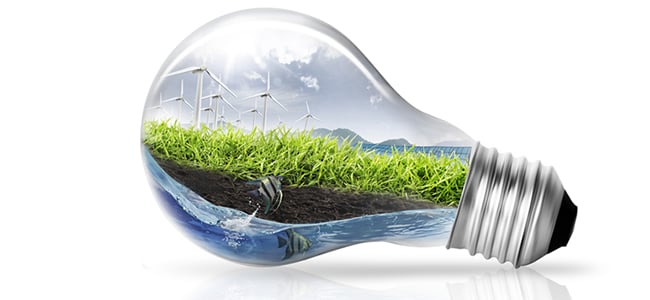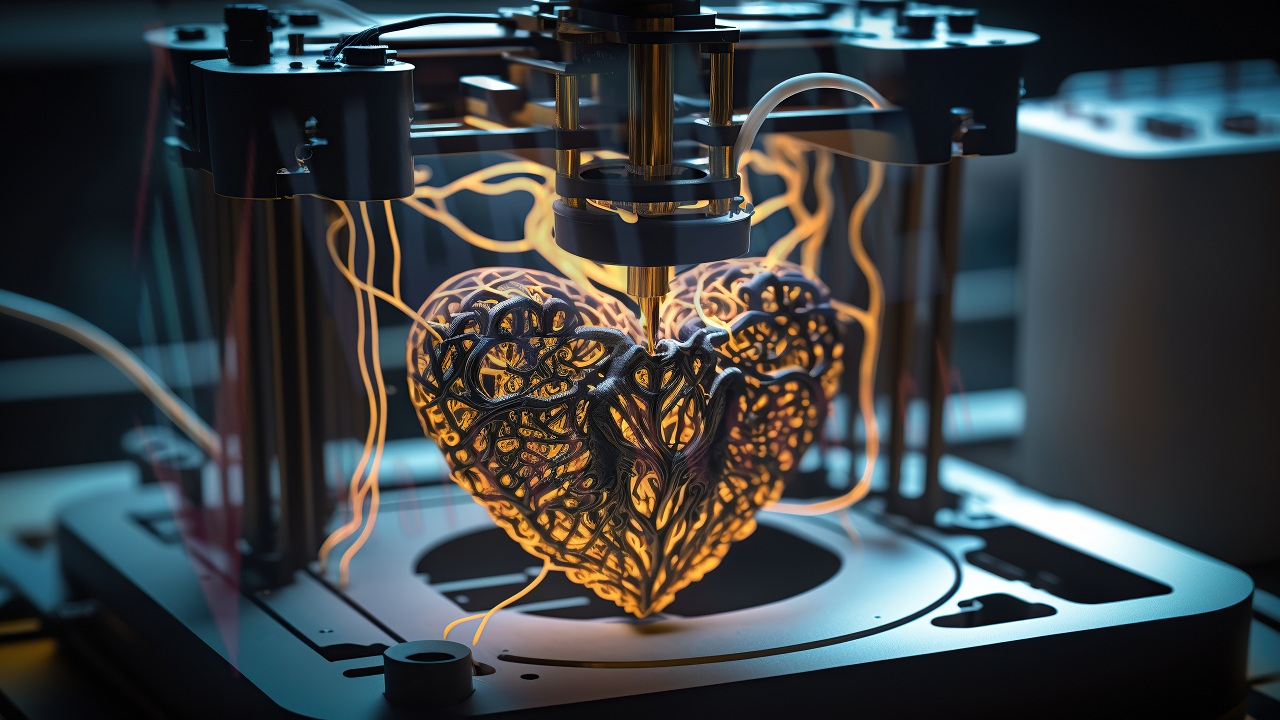
With the modern concerns surrounding climate change, taking care of the environment is a responsibility that everyone should feel accountable for. Many of us are already aware of some environmentally friendly processes such as recycling, in order to reduce the amount of waste we produce and reduce our carbon footprint. However, as technology continues to advance, a lot of people are being left in the dark when it comes to new and upcoming ways that we can reduce our carbon emissions. A prime example of this is LED strip lights, which provide a host of environmental benefits.
Energy Efficient
LED light strips are up to 80% more efficient than traditional lighting solutions such as fluorescent and incandescent lights. Around 95% of the energy in LEDs is converted into light, meaning on 5% is wasted as heat – when you compare this to fluorescent lights which convert 95% of energy into heat and only 5% into light, LEDs are a bit of a no-brainer.
LED lights also use much less power than traditional lighting; a typical 84 watt fluorescent can be replaced by a 36 watt LED to give the same level of light. Less energy consumption reduces the demand from power plants and decreases greenhouse gas emissions.
No Toxic Elements
LED lights contain no toxic elements. Most offices are currently fitted with fluorescent strip lights which contain noxious chemicals such as mercury; this will contaminate the environment when disposed of in landfill waste. Disposal of these lights has to be arranged through an approved waste carrier, so switching to LEDs avoids this additional cost and time implications of compliant disposal – and it helps to protect the environment from further toxic waste.
Safety
LED lights are a product of advanced solid state technology which has imparted amazing durability to these light bulbs. They are completely sealed and are highly resistant to vibrations, impact and harsh weather conditions. They also contain no glass parts, so there is a reduced risk of a serious injury in the event of a bulb breakage.
Lifespan
A longer lifespan can equate to lower carbon emissions. LED lights last up to six times longer than other types of lights, reducing the requirement for frequent replacements. This results in using fewer lights and therefore fewer resources are needed for manufacturing processes, packaging materials and transportation.
Less Lights Required
LEDs have a better quality of light distribution, and can easily focus light in one direction as opposed to other types of lighting which waste a lot of energy by emitting light in all directions, often illuminating unnecessary areas where light isn’t required. This means that less LED lights are needed in order to achieve the same level of brightness given off by fluorescent and incandescent lights; fewer lights will reduce energy consumption and will therefore be a big benefit to the environment.
Reduce Light Pollution
Due to the inherent directional nature of LED lights – which means that their light is highly focused; this characteristic means that LED lights contribute significantly to reducing what is known as ‘light pollution’, by reducing the unwanted scattered light in the environment.











Comments